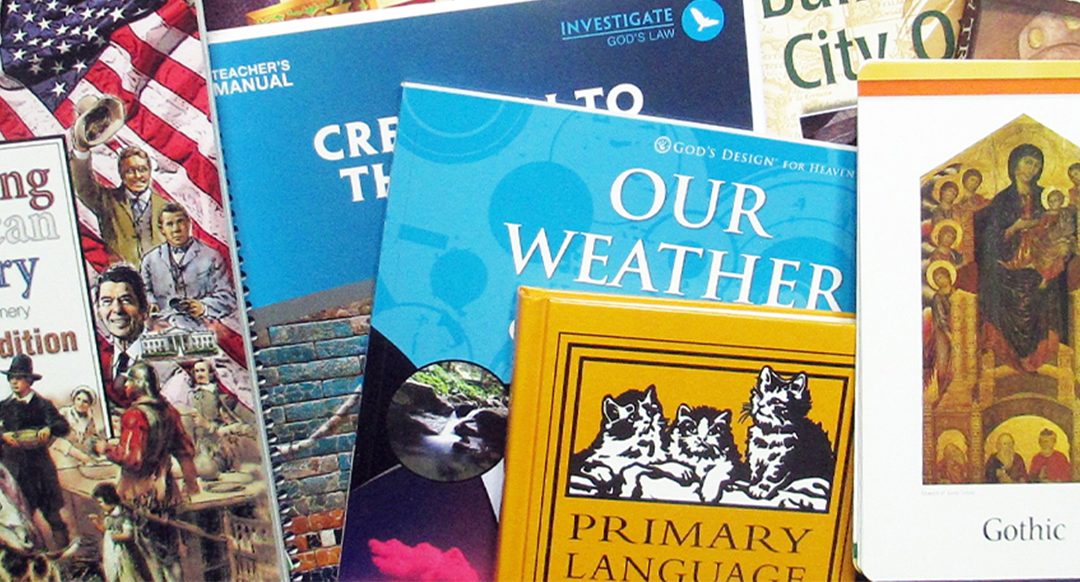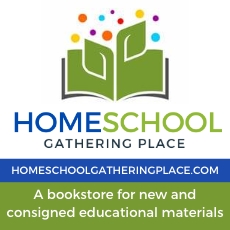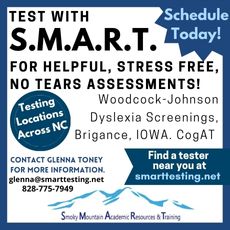The summer that my husband and I decided to finally take the plunge and homeschool our eight-year-old daughter, I was on top of the world. I entertained cozy fantasies of us at our kitchen table, huddled over shared pages like two old-fashioned schoolgirls sharing a primer, then venturing outside to explore the world around us. I envisioned long talks and long walks and memorizing poetry while classical music hummed serenely in the background. Most of all, being the colossal nerd that I am, I imagined every corner of our home piled with the most perfect selection of books possible—classic literature and colorful encyclopedias and, best of all, a cornucopia of curriculum that would empower me to give her my dream education.
And then the Rainbow Resource catalog arrived. If you’ve been around the block a few times, you’re probably familiar with Rainbow Resource and its catalog, but if you’re new to the homeschooling scene or you’ve only perused the company’s website, you might not fully appreciate my devastation. If you’re of a certain age, you’ll get the picture with these two words: “phone book.” We’re talking three inches of wafer-thin newsprint covered front-to-back in ten-point Times New Roman with hardly a photograph in sight. The curriculum choices that that one catalog contained may not have numbered in the hundreds of thousands, but it might as well have. To say I was immediately overwhelmed is a serious understatement. I plummeted from the peak of a mountain of living books and math manipulatives to being buried underneath the pile in five seconds flat!
I eventually dug my way out and have gone on to successfully school both my daughter and her younger brother (although not, admittedly, always in keeping with my fantasy). But every summer, I watch the new homeschoolers stream into our state and local homeschooling communities, shining and smiling and spiritedly waving their NOIs. And they all ask the same question: What’s the best curriculum?
Like me, they usually end up buried under an avalanche of information. Hordes of well-meaning veterans and even a handful of the less experienced descend to vociferously push their favorite packages and programs like barkers at a street fair. But a list of fifty-eight suggested curricula that may or may not suit a family’s needs or style is scarcely more useful than a catalog roughly the size of the US tax code.
The truth is that everything in that monstrosity was best—for somebody—but not necessarily for me. One of the things I’ve learned since my initial encounter with the infamous catalog is that, whether you’re searching for curriculum or trying to educate your children, asking the right questions is key. Wrong questions always get you wrong (or at least unhelpful) answers. Unfortunately, “What’s the best curriculum?” is almost always the wrong question. Instead, I suggest a slight variation: “How do I find the curriculum that best suits my student?” This is the question that will get you closer to figuring out what best looks like for you and your family. But although this question will point you in the right direction, it doesn’t do much to narrow down the choices. For that, we need—you guessed it—more questions.
I offer you some things to think about that might help narrow your choices for any specific subject. Curriculum is not a magic bullet, but a tool, and knowing exactly what you want your curriculum to do for you will help you sort through the myriad of options. Keep in mind that these choices aren’t binary; most programs will include elements of all criteria but will focus in one direction or another. The difference is one of degree, not kind, and no type is better than another. Choose what works best for your student.
MATH
Spiral or mastery? Spiral programs introduce only a small amount of new information each lesson, alternating among several concepts at a time (e.g., skip counting by 2’s on one day, telling time the next, measuring in inches on the third), and provide lots of mixed reviews. Mastery programs focus on a single concept (e.g., fractions) until they are completely mastered for that level, then move to a new concept.
Traditional or conceptual? Conceptual programs (sometimes incorrectly dubbed Common Core) focus on helping the student discover the why behind the math. They will often teach several variations for solving problems before finally teaching the standard algorithm. Traditional programs focus on the how of problem-solving and are generally much quicker to introduce standard algorithms.
SCIENCE
Experimental or concept-based? This question really comes down to one thing: Do you want to learn about scientific concepts, or do you want to learn to do science? Almost all science curricula will include some reading and writing, and some experimentation. The question is which emphasis do you want?
HISTORY
Contextual or topical? Contextual history programs teach historical events as part of an overarching narrative, where all history is in the context of a greater timeline, often following a three-or four-year history cycle and covering lots of ground. Topical history programs focus on specific places or periods (e.g., American history, state history, colonial era), having a narrower focus, but drilling down in more detail.
READING
Phonics or whole language? Phonetic-based programs focus on teaching the rules for the sounds of various letter combinations and helping the student break apart words in order to read them. Whole language programs rely more on the use of sight words and visual memory. For older readers, keep in mind that a reading program is not strictly necessary. Simply reading, discussing, and occasionally writing about good books is enough for most elementary and middle-grade students. Formal literary analysis can wait until high school.
SPELLING
Phonetic or traditional? Phonetic spelling programs apply a similar process to encoding words as phonics programs apply to decoding them. The rules for various letter and letter-combination sounds are taught, and word lists tend to focus on one letter combination at a time (e.g., words in which the long-A sound is spelled “ay”). Traditional programs often combine letter combinations that make the same sound into a single word list (e.g., mixing words in which the long-A sound is spelled “ay,” “ai,” or “eigh”), or compile lists based on other criteria (e.g., from a reading passage) and may be more difficult for struggling spellers, but more engaging for natural spellers.
GRAMMAR AND WRITING
Structured or creative? Structured programs approach writing from a formulaic perspective, teaching students to build good sentences, then paragraphs, and finally, longer pieces of writing. Grammar is emphasized, and the program may use separate texts for grammar and writing or combine them into one text. Creative programs start from the premise that everyone has something to say and encourage students to write freely, with less emphasis on formal structure in the initial stages of writing.
Once you’ve worked through these questions and know a little more about what you want your curriculum to do, you’ll be better equipped than I was to climb the curriculum version of Mt. Everest. As a new homeschooler, you might not be entirely sure which approach is best for your family. My advice? Go with your gut. Some trial and error and a little experience will quickly sharpen your skills, especially now that you know what your choices are.
Whitney Cranford Crowell knew she had reached peak homeschooling when she bought a custom nine-foot by six-foot bookcase with matching ladder and still did not have room for all the books. She lives in her childhood home outside High Point, with her husband of twenty years, their fifteen-year-old daughter, and their nine-year-old son.
Already frustrated with your homeschool curriculum? Find practical homeschool solutions for scheduling, motivating your kids, and curriculum frustrations when you listen to this webinar from NCHE. Equipping you with the resources you need to homeschool with confidence and joy is our mission! Support our work when you become an NCHE member.



